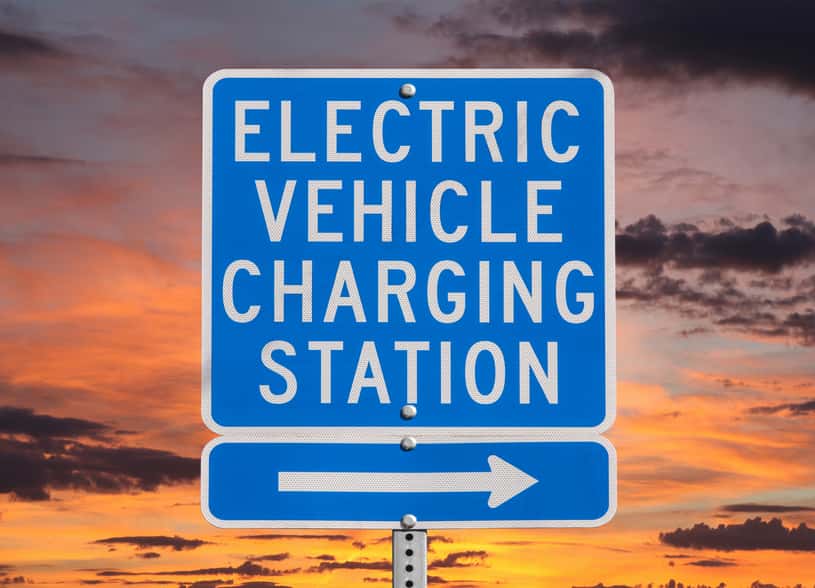Salt Lake City Mayor Jackie Biskupski says the city has completed a significant expansion of electric vehicle (EV) public charging infrastructure, adding 28 new stations across the city.
Joined by Bryce Bird, director of the Utah Division of Air Quality (DAQ), at Liberty Park, the mayor ceremonially plugged an EV into one of the city’s 28 new smart, Level 2 EV charging ports.
As reported, the 28 charging ports are located at 12 sites – new and existing – across Salt Lake City and have replaced five older units. New locations include the International Peace Gardens, Sorenson Multicultural Center, Sunnyside Avenue near Hogle Zoo, Pioneer Park, Forest Dale Golf Course, and others.
“This project is a win for clean air while also providing more equitable access to charging stations at locations across the city,” Biskupski says.
The DAQ grant went toward hard costs, including purchasing the new stations. This money was combined with city funding to help pay for the overall investment.
“Since vehicle emissions account for 50 percent of Utah’s emissions inventory, electric vehicles are a viable option for air quality benefits, as they have zero emissions at the tailpipe,” says Bird. “The state values the opportunity to partner with the city on innovative transportation options that improve air quality.”
To support use of the new stations in the near term, Biskupski has transmitted to the City Council a proposal to waive fees through Jan. 31, 2018. “Because the project came in under budget, we’re proposing to use remaining funds to provide EV charging at no costs to users,” she says.
While the Council considers the waiver, a fee of $1 plus $0.10/kWh will be in effect, which covers the cost of electricity and other ongoing station costs.
The new EV units are “smart,” mobile-enabled systems on the ChargePoint network and will provide a higher level of service to EV owners while also ensuring better operations and issue response times from the city itself.
“This is an exciting upgrade,” comments the mayor. “Users will now be able to go online using the ChargePoint app to see if stations are available for immediate use, get notifications about their charging status, track energy stats, and more.”
The release says the city will also be notified immediately of any stations needing service.
In addition to their clean air benefits, the wider adoption of EVs is also a cornerstone of Salt Lake City’s vision to reduce community greenhouse-gas emissions 80% by 2040. This vision, which Salt Lake City is calling Climate Positive, was catalyzed by a joint resolution adopted by Biskupski and the City Council last year. In addition to ensuring a transition to 100% renewable energy for the entire community’s electricity supply by 2032, Climate Positive calls for a reduction in emissions from all energy sources.
Because on-road transportation accounts for roughly 20% of Salt Lake City’s community carbon footprint, electrifying transportation and ultimately powering it with 100% clean energy is a key step in the plan to meet the Climate Positive goals.





